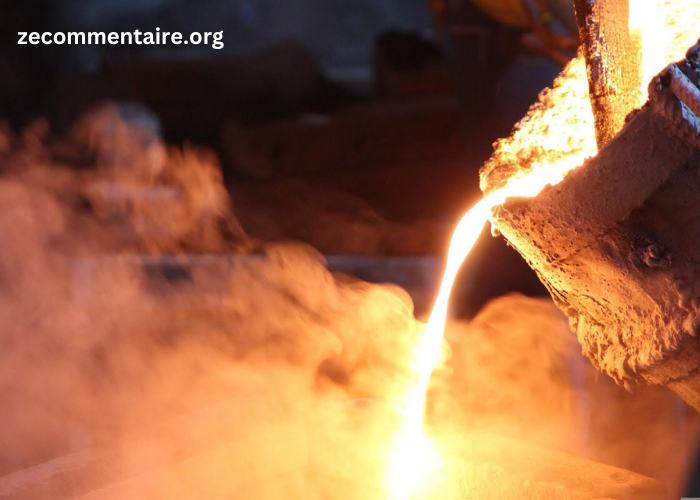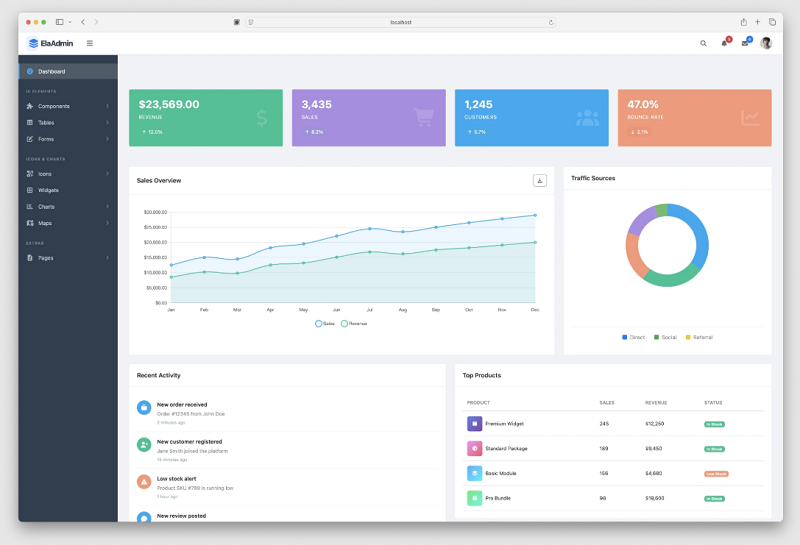Sand casting, one of the oldest and most versatile metal casting methods, continues to play a significant role in modern manufacturing. This technique involves pouring molten metal into a mold made of sand, which solidifies to form a desired product.
Sand casting remains a popular choice due to its many benefits. Below are some of the key advantages of using sand casting products in manufacturing. Read on.
Cost-Effectiveness
One of the primary benefits of sand casting is its cost-effectiveness. The materials required for sand casting are relatively inexpensive compared to other casting methods like investment or die casting. It’s mainly:
- sand
- binder
- metal
This makes it an ideal choice for producing low- to medium-volume parts without breaking the bank. The sand molds can be reused multiple times, further reducing costs. Visit this foundry in Utah to learn more about green sand molding.
Design Flexibility
Sand casting offers unparalleled design flexibility. This makes it suitable for a wide range of shapes and sizes. The process can accommodate complex geometries and intricate details that might be difficult or impossible to achieve with other casting methods.
The mold is made by compacting sand around a pattern. It allows manufacturers to create hollow spaces, undercuts, and detailed features.
This is without the need for additional tooling. This flexibility is particularly valuable for industries such as:
- automotive
- aerospace
- industrial machinery
Ability to Cast Large Parts
Another key advantage of sand casting is its ability to produce large and heavy components. Unlike other casting methods, which may be limited by mold size or casting machine capabilities, sand casting can handle parts weighing several tons or more by use of foundry equipment. This makes it ideal for industries that require large components.
Sand-casting molds can be made in virtually any size. It offers manufacturers the ability to create large-scale products without the need for specialized, expensive equipment.
Material Versatility
Sand casting is compatible with a wide variety of metals, including ferrous and non-ferrous materials. This includes:
- aluminum
- copper
- brass
- steel
- iron
- even more specialized alloys
This versatility makes sand casting suitable for an array of industries, including:
- automotive
- aerospace
- agriculture
- energy
Manufacturers can choose the best material for their specific needs, whether they require a lightweight, corrosion-resistant part or one that can withstand high temperatures or heavy wear.
Quick Production Turnaround
Compared to other casting methods, sand casting offers a relatively quick turnaround time. Once the mold is created, molten metal can be poured and cooled within a short period. The sand molds are often made in batches, which helps streamline the production process.
This makes sand casting an efficient option for both prototype development and low- to medium-volume production. The simplicity of the sand casting setup allows for faster prototyping.
Minimal Tooling Requirements
Sand casting has lower tooling requirements compared to other methods, such as die casting or investment casting. In sand casting, the pattern used to create the mold does not need to be as precise or durable as those used in more intricate methods.
This reduces the upfront cost of tooling, which is often a significant factor in deciding which manufacturing process to use. The simplicity of the molds also allows for faster changes or adaptations in design.
Try Out Sand Casting Products Now
Sand casting offers many advantages that make it a widely used technique in modern manufacturing. Whether you’re producing small batches or large components, sand casting provides a reliable and efficient option for manufacturers looking to meet their production needs. Start using sand casting products now!
If you want to read more articles, visit our blog.





